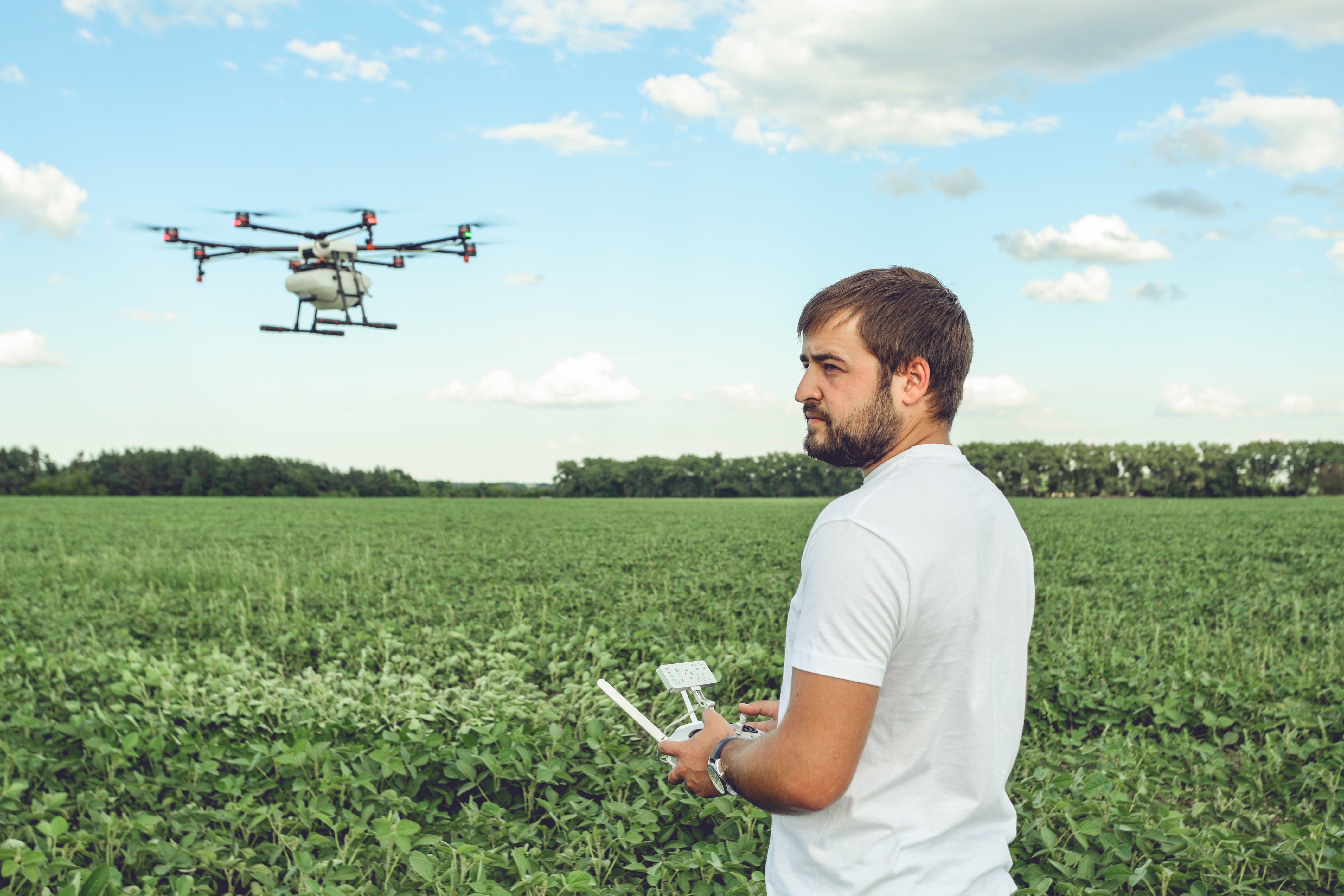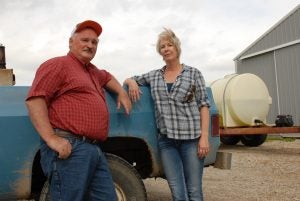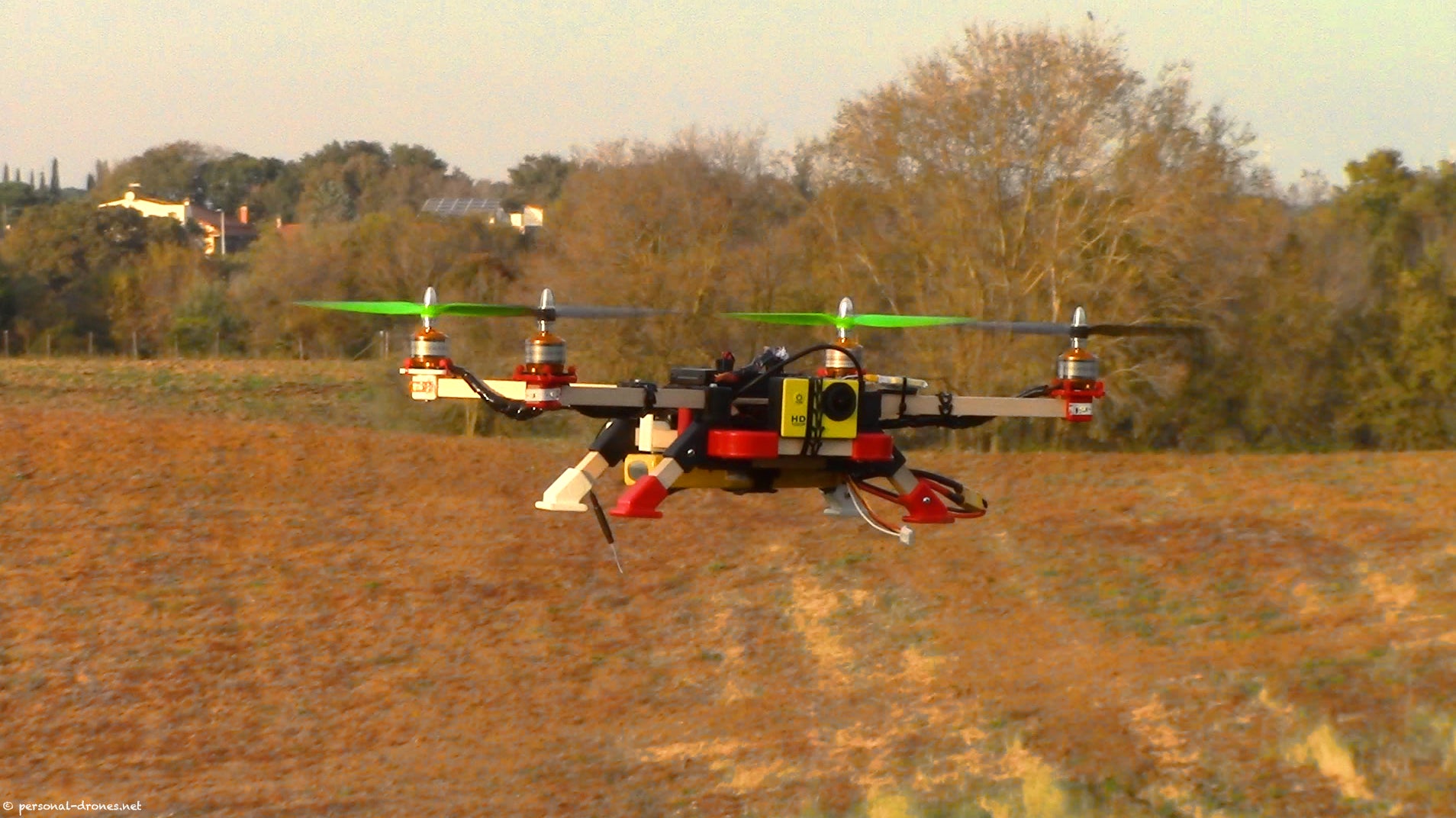New research from Environmental Defense Fund, “Agriculture Technology Discovery Report,” provides a high-level overview of how four technology fields — artificial intelligence (AI), robotics and automation, biologicals and genetics — can be valuable tools in agricultural operations and contribute to four agroecological goals: reducing water use, supporting soil and plant health, controlling pests and diseases, and reducing agricultural greenhouse gas emissions.
This multidimensional lens is uncommon. Industry reports often focus on maximizing yield, and not the entire agroecological picture. Yet, using technology as a vehicle to drive both yield and ecological benefits is essential as society works to increase food production in a changing climate without increasing environmental impacts.
Here are several intersections between technology and agroecology that EDF will be exploring further. Read More











 Farmers are bombarded by product claims these days – and they need help.
Farmers are bombarded by product claims these days – and they need help. Data science in farm management is one of the biggest trends to hit both agriculture and Silicon Valley in recent years, with an explosion of technologies emerging to help farmers optimize everything from seeding to irrigation to fertilizer application.
Data science in farm management is one of the biggest trends to hit both agriculture and Silicon Valley in recent years, with an explosion of technologies emerging to help farmers optimize everything from seeding to irrigation to fertilizer application. The corn and soybean fields that stretch for miles across the Midwest are quiet this time of year, mostly frozen surfaces waiting for the spring planting season.
The corn and soybean fields that stretch for miles across the Midwest are quiet this time of year, mostly frozen surfaces waiting for the spring planting season. In order for the agriculture sector to deliver on the growing demand for sustainable grain and participate in emerging carbon markets, growers need a way to demonstrate that their management practices are benefiting the environment.
In order for the agriculture sector to deliver on the growing demand for sustainable grain and participate in emerging carbon markets, growers need a way to demonstrate that their management practices are benefiting the environment.